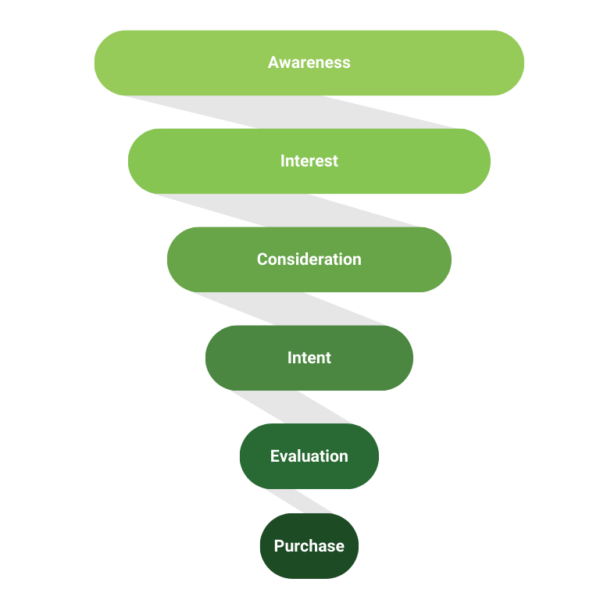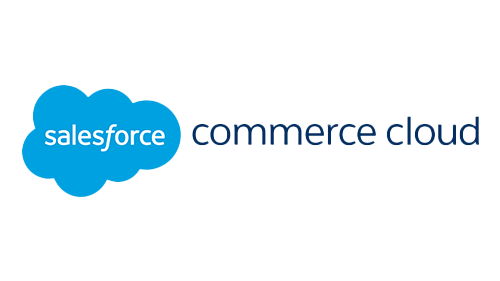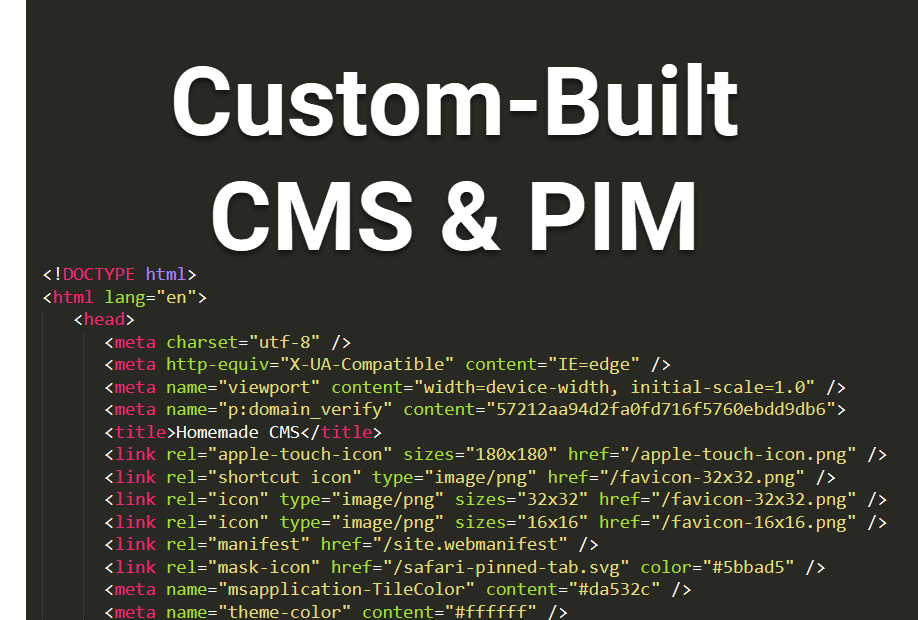E-Commerce + SEO
If 2020 showed us anything, it’s that a strong eCommerce SEO strategy is the sharpest tool in a retailer’s toolkit. With the ability to target customers anywhere, developing your eCommerce’s reach through SEO is essential for maintaining and improving your market share.
The Benefits of SEO for an eCommerce Store
SEO, or what is commonly known as the Organic Channel, is often the strongest channel for online retailers in terms of marketing attribution. Organic often provides at least 25%+ of even the most diversified eCommerce marketing strategies – one that has invested heavily in other channels such as Paid Search, PLAs, Retargeting, Email, Affiliates & others. For less robust eCommerce marketing strategies, Organic tends to contribute an even higher percentage of total revenue.
3 Common Opportunities for eCommerce SEO
With ever growing products and their many skus, categories & PRPs with deep assortments, and filters & faceted navigation, the sheer number of pages than medium sized eCommerce site contains can reach 6 – 7 digits easily. The sheer size of a standard eCommerce site poses many difficulties for optimal ranking without technical SEO involvement.
It’s essential to develop an SEO strategy that focuses on optimizing how Google finds your content, what content it finds, and what content Google should not see.
Product data is the unsung hero of eCommerce and using it in combination with your faceted navigation can open up huge potential for search.
What is faceted navigation?
Faceted navigation is the selection of filters and facets that you commonly see on eCommerce sites. These filters and facets are based on the data points attributed to products and allow you to select filters such as sizing and colors when navigating a website’s category and subcategory pages.
What does this mean for SEO?
– If you sell a product category such as dining room tables, users are likely searching for specific materials for dining room tables as “oak dining tables” or “walnut dining tables.
– If you are not assigning these types of data points when on-boarding new products, you are already missing out on common ways customers shop.
– If you are assigning these data points and are incorporating these data points in your faceted navigation, then you are in a good place to incorporate an indexing and on-page content strategy for faceted navigation pages.
A thoughtful faceted navigation strategy combines aligning what data is assigned to your products and how it is filterable within your website while incorporating a technical SEO strategy that balances indexing your faceted navigation while keeping your total page count down.
What is Duplicate Content?
Duplicate content is the use of highly similar or exact content on multiple webpages.
Why is this a problem?
Since Google’s Penguin Update in 2012, Google has evaluated duplicative content as a sign of poor content. The use of duplicative content provides little use to the user and is often a sign of low-quality websites.
What are some examples of duplicate content?
– Indexing all of your SKUs while using the same product content
– Using product description provided by manufactures
– Using the same product description when selling your products on other retailer sites such as Amazon or micro-sites.
Duplicative content plays a large part in preventing your website from ranking at its true potential.
How SEO addresses your Customer's Journey
With over 70,000 Google searches taking place every second, SEO plays a fundamental role in every customer’s life. While SEO strategy can have an impact on every portion of the buyer’s journey, it has its largest impact in the first three stages of the customer journey:

Your customers need help figuring out how to buy your product. They might not know about your brand, what exact product they are looking for, but they know they have a problem and are looking online for a solution.
Awareness, also know as Upper Funnel, content focuses on developing articles, guides, how-tos, and other content to aid customers in the solutions your products offer before they know about your brand.
Not only does a strong Awareness content strategy create brand awareness for your niche, great content helps your customers before they know who you are.
What better way to establish your relationship with new customers than helping them answer their questions?
Building traffic to category pages for an eCommerce store takes more than just a good copywriter. This involves:
– Optimizing the architecture of your website and its internal linking
– Identifying landing pages & categories you should merchandise
– Developing a product data strategy that aligns with your SEO strategy as opposed to one that detracts.
While customers convert on the product pages, developing your strategy for the Consideration phase with SEO allows your store to attract visitors ready to shop, but unsure of the type of product they want.
Your customer knows the type of product they want and are ready to purchase. In this stage, they may have visited your website several times, or they may have learned about one of your products elsewhere and are ready to buy. Is your website ready? Gaining visibility for your product pages in search is the culmination of several overlapping SEO practices:
1. An intuitive hierarchy and a rich collection of product assortments to establish context and internal linking for your products
2. Targeted, unique, and helpful product page content
3. Fast performing page speed & experience
Performing well in these three areas is key to engaging customers in the purchase phase of their journey.
eCommerce PLatforms We've Worked With





At JCT Growth, we believe that your business is our business, we only thrive and grow, as your business grows. With that in mind, our process starts on the foundation of building and developing strong relationships with clients. So here’s what you can expect when partnering with us:
Discovery
We want to understand as much about your business as possible. During this phase we’ll have a conversation about what your business needs + its strengths and weaknesses.
Competitive Analysis
Defeating your competitors in the digital space, requires insight. We take a deep dive into the search landscape to understand who the major players are and where we think you can achieve growth in the short-term and how to win in the long-run.
Strategy
We’ll create a comprehensive plan that’s suited to your unique needs. This often involves research into your brand, and how your customers search for you and your services. While we deploy many of the same tactics across each campaign, our services aren’t cookie-cutter and are tailored to your exact needs.
Implementing
Once we’ve delved deep into your company’s inner workings, we’ll push forward with creating content, monitoring your GMB, and correcting any issues with your site that may impede your optimal ranking.
Reporting
You can’t measure what you don’t track. We ensure that your analytics are properly tracking goals across your website so that we can provide clear results on SEO activities and create alerts if something on your site isn’t working to its potential.
Training
You can’t measure what you don’t track. We ensure that your analytics are properly tracking goals across your website so that we can provide clear results on SEO activities and create alerts if something on your site isn’t working to its potential.

